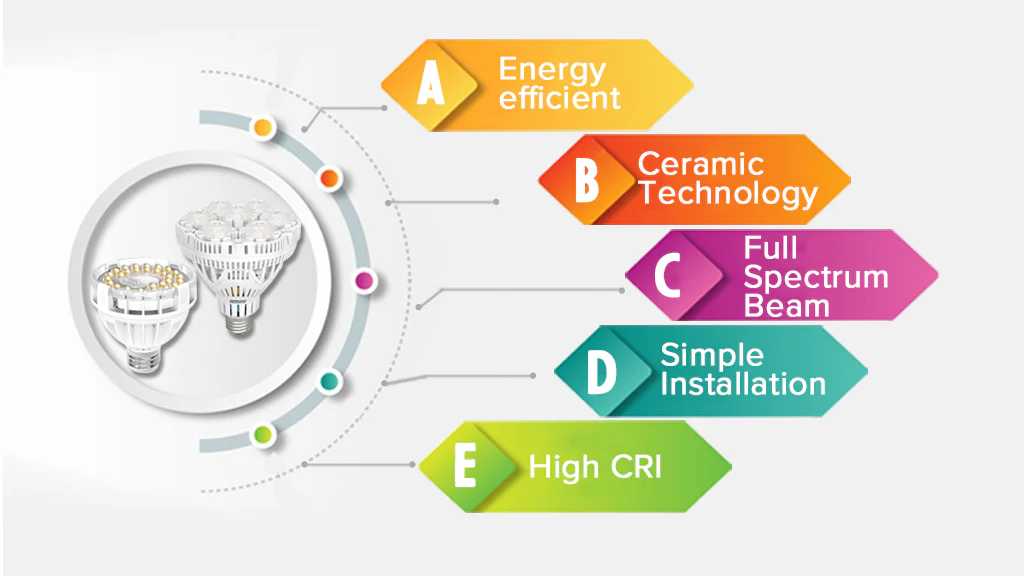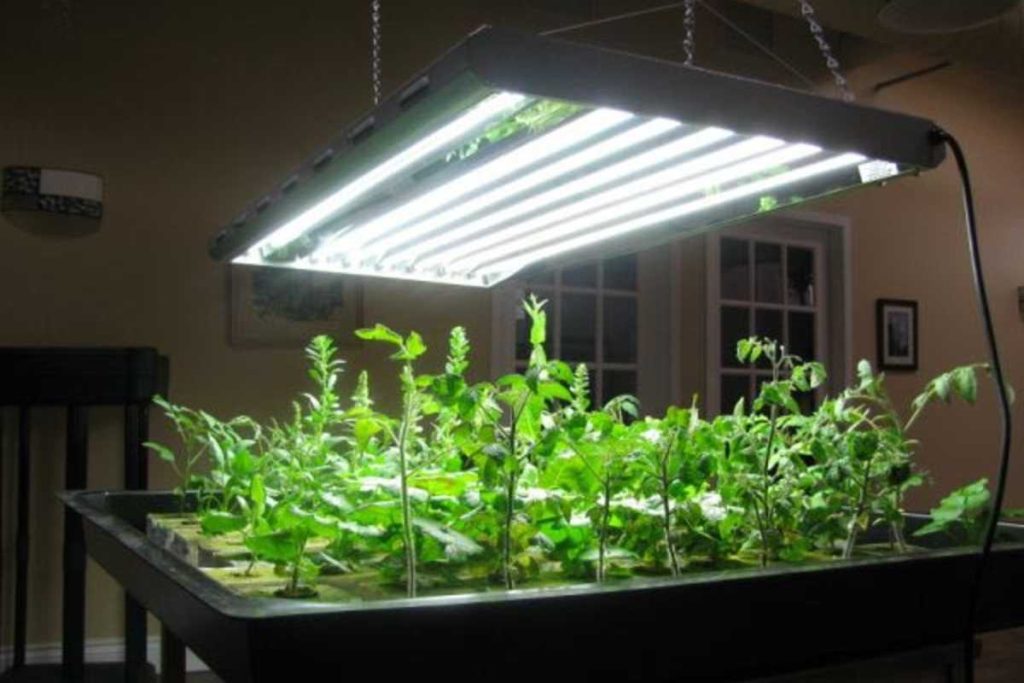What to Know about Marijuana Grow Lights
- Blog
- What to Know about Marijuana Grow Lights
lynette
Marijuana grow lights are crucial for indoor cultivation, providing the necessary light spectrum for plant growth and maximizing yields. Whether you’re a beginner or an experienced grower, choosing the right grow lights can significantly impact the quality and quantity of your cannabis harvest.
It’s worth noting that there are 3 different types of grow lights on the market. Knowing which is which will help you choose the right lights for your plants. These are as follows:
Fluorescent lights, like compact fluorescent lamps (CFLs) and fluorescent tubes, are commonly used for seedlings and young plants due to their lower intensity. They emit a balanced spectrum suitable for early growth stages but may not provide sufficient light intensity for flowering and dense bud development.
HID lights include Metal Halide (MH) and High-Pressure Sodium (HPS) bulbs. MH bulbs emit a blue spectrum, ideal for vegetative growth, while HPS bulbs emit a reddish-orange spectrum suitable for flowering.
HID lights are efficient and provide high light intensity, making them popular among growers for their ability to promote robust plant growth throughout the entire lifecycle.
LED grow lights have gained popularity for their energy efficiency and customizable light spectrums. They emit specific wavelengths of light that can be tailored to different growth stages, from vegetative growth to flowering.
LEDs produce less heat than HID lights and can be placed closer to plants without causing heat stress.

To ensure that you can provide proper lighting for your cannabis plants, make sure to consider these factors before you buy one:
Different growth stages require different light spectrums. For vegetative growth, plants benefit from blue and green wavelengths, while red and orange wavelengths are crucial for flowering and fruiting stages.
LED grow lights often come with customizable spectrums that allow growers to adjust the light according to plant needs.
Light intensity, measured in lumens or more accurately in micromoles per second (µmol/s), determines how much light plants receive. Cannabis plants require high light intensity, especially during flowering, to produce dense buds. HID lights typically provide high intensity but generate more heat than LEDs, which can affect the growing environment.
LED grow lights are known for their energy efficiency compared to HID lights. LEDs consume less power while producing equivalent or better light intensity, resulting in lower electricity bills and reduced heat emissions.
They also have longer lifespans which can help reduce replacement costs over time.
Managing heat is crucial in indoor cultivation to prevent heat stress and maintain optimal growing conditions. HID lights emit more heat than LEDs, requiring adequate ventilation and cooling systems to maintain temperature levels.
LEDs produce minimal heat, allowing for closer placement to plants without risking damage.
Initial investment and operational costs vary among different types of grow lights. While HID lights may have lower upfront costs, LEDs offer long-term savings due to lower energy consumption and longer lifespan.
Consider the overall cost of ownership, including electricity usage and maintenance, when choosing grow lights.

Once you have chosen a grow light, the next step is to make sure you can use it effectively in your grow room. Here are some tips to do so:
Adjust the height and angle of grow lights to ensure even light distribution across all plants. Maintain an optimal distance to prevent light burn (leaves turning brown or crispy) or insufficient light (stretching or weak growth).
Cannabis plants require a specific light cycle for vegetative and flowering stages. During vegetative growth, provide 18-24 hours of light per day. Switch to a 12-hour light, 12-hour dark cycle to induce flowering.
Depending on your grow space and light intensity, consider supplementing with additional lighting sources, such as side lighting or vertical grow lights, to ensure uniform light distribution and maximize plant growth.
Observe plant growth and health regularly. Adjust light spectrum, intensity, and schedule based on plant responses to optimize growth and yield. Watch for signs of stress, such as leaf discoloration or slow growth, which may indicate inadequate lighting.
Choosing the right grow lights is essential for successful indoor cannabis cultivation. Consider factors like light spectrum, intensity, energy efficiency, heat management, and overall cost when selecting grow lights for your setup.
Whether you opt for HID lights or LEDs, understanding how light influences plant growth and adjusting accordingly will help you achieve healthy plants and maximize your cannabis harvest.
© Copyright 2025 Cultivating Homegrown Organic Marijuana